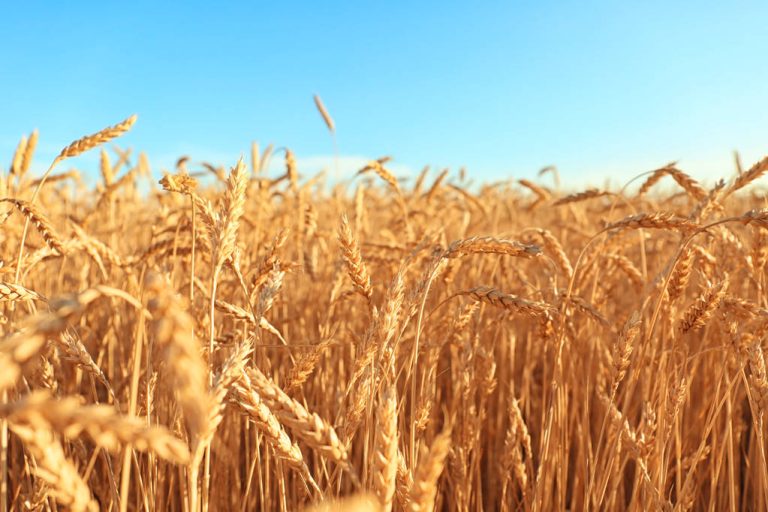Triticale is a cross between wheat and rye. It combines the positive properties of the grain variety and is suitable for soil-friendly agriculture.

What is triticale?
Triticale is a type of grain and belongs to the grass family. It is a cross between female wheat and male rye. The name is derived from the Latin names of the two types of grain: Triticum aestivum L (wheat) and Secale cereale L. (rye) become triticale.
By crossing the two types of grain, triticale combines the positive properties of wheat and rye. In practice, there are over 30 different varieties. The characteristics vary depending on the variety: some varieties are more like wheat, others more like rye. This makes it difficult to spot triticale at first glance.
Use of triticale
In Germany, triticale grows primarily as fodder for animals. More than half of the harvest is used as feed grain. Since the grain is very rich in protein, it is a good “concentrated feed”.
Along with other grains, triticale is also baked into baked goods. However, pure triticale flour is less suitable for baking. The grain contains many amylase enzymes, which cause the flour to become heavily gelatinized. To prevent this, the flour is mixed with other types of flour for baking. In a small amount, triticale is a good binder.
Bioenergy is produced from a small proportion of triticale, for example in biogas plants. Since triticale contains a lot of starch, it can also be used to produce bioethanol.

Benefits of triticale
Triticale combines the positive properties of the two types of grain, wheat and rye:
Wheat provides high yields and has good baking properties
Rye has low demands on soil and climate
As a result, triticale delivers good harvests even in poor locations. On very nutrient-poor soils, however, rye yields higher yields – on good soils, on the other hand, wheat. Triticale therefore grows mainly in the low mountain ranges. In this climate, its characteristics bring the best yields.
Triticale is also suitable for soil-friendly agriculture. A study by the University of Göttingen has shown that triticale yields a higher yield when the soil is not ploughed. This reduces the risk of agricultural soil eroding or silting up. In addition, the soil life is not destroyed and the soil remains fertile in the long term.

